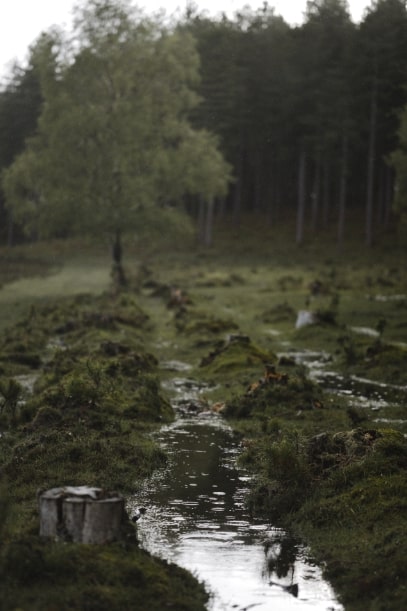Anyone who uses fertiliser will want to get the most out of it. Not everyone knows how to do this though. That is why we’re going to discuss the matter here. Read on and you’ll find how to use it more effectively.
Getting fertilisers on right away
Firstly, we’ll talk about whether farmers should look to get fertilisers on as soon as possible. In principle, growers would be wide to apply them early.
The mineralisation in your soil is likely to be lower if fields have been waterlogged for a lot of the winter. The reason is that there will be a nutrient availability lag. This is because the microbial activity gradually increases more slowly than it would do otherwise. If you expect additional rainfall, don’t apply fertilisers. In addition, don’t do it if you have wet fields and frost is likely.
How much to use?
Next, we will go over how much early fertiliser you should put on during this period. With nitrogen, the only way to get a clear idea is to perform an N-Min Test. Do one before you apply any nitrogen. The high rainfall might mean there is less available than one would expect. Less will have been mineralised by microorganisms. More could have leached out of your soil than usual.
With potassium (K) and phosphorous (P), things become more complicated. It comes down to cation exchange capacity (CEC). K is strongly held in soil, making it less likely to leach, but it will leach a little. In past wet winters, there was a 6% reduction in available K in soil samples all over the UK.
Phosphate (P) is held more tightly than potash (K). Thus, logic suggests it won’t leach. It doesn’t, but instead it washes off. Where you’ve experienced heavy soil erosion following rainfall, you’ll have lost large quantities of P. What you should do is concentrate on P levels. This will help with rooting. Ideally, you should put it below the seed to encourage root development.
To obtain the greatest nutrient use efficiency on farms, you must put fertiliser in the correct place. It also needs to happen at the right time and with the right rates.
Following spells of heavy rain and waterlogging, rooting can become massively compromised. This will have an effect on nutrient uptake. So, if conditions permit, get products on to stimulate it before using a T0 spray, as it can be beneficial. With nitrate and sulphate, they’re similar with respects to soil behaviour. As such, you can add sulphur as a foliar treatment with your T0 spray.
Liquid fertilisers
Many people ask if farmers should they use liquid or solid fertilisers for their early dressings. Which one you use shouldn’t really matter. Roots can effectively absorb both solid and liquid forms of nitrogen. Due to this, the process is the same for both.
Growers intending to use granular urea fertiliser might experience a lag in availability. This is because the microbial action to change it to nitrogen and ammonium will be slower.
Ripping up and resowing
Then there is the matter of at which point should winter sown crops be ripped up and resown. This is something you need to consider on a farm and separate field basis. If you have worries about winter crops, a good idea would be to talk with an adviser or agronomist. You can review each field and make choices on whether to rip up and resow.
Every farm will differ in regards to expectations. If fields are just headlands, you might contemplate bringing the area down. You can lower the variable costs here. But where fields are generally patchy, you must make considerations for the lower grain prices and margins.
We have the fertiliser you need
At JS Hubbuck Ltd, we have multiple fertilisers available to buy. They will help you stay on top of your crops and get the best yields. We can provide advice and recommendations, sharing our decades of experience supplying quality goods.
So, if you want to find out more about fertiliser, feel free to speak to us.

